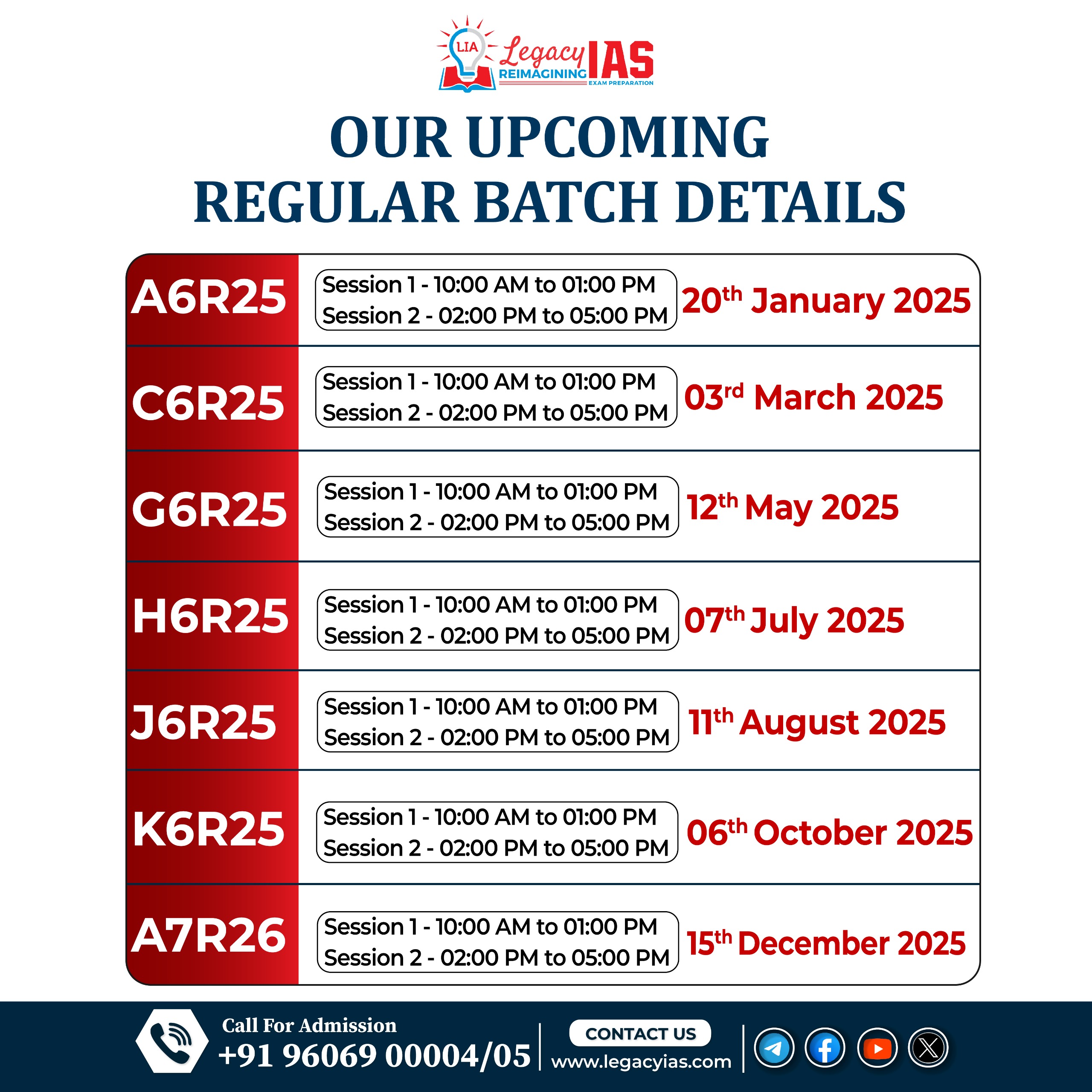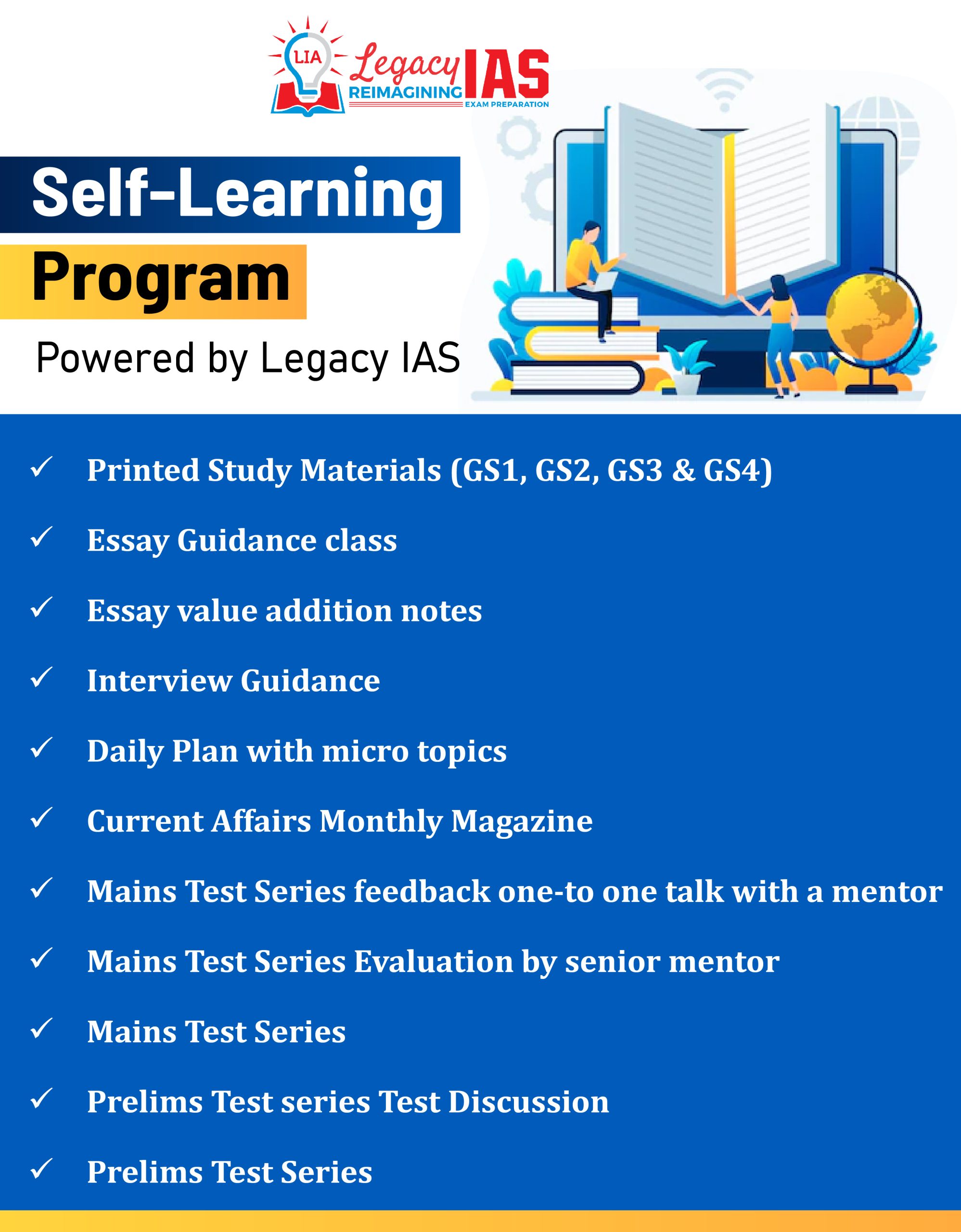Content:
- Will the U.S.’s changed Ukraine policy end the Russia-Ukraine war?
- Customs, GST officers cannot make arrests arbitrarily on a whim: SC
- India’s Olive Ridley turtle numbers improve, but climate skews sex ratio
- Centre seeks to reduce the share of States in federal tax revenues
- Could African giant pouched rats offer a solution to the challenges of TB diagnosis?
Will the U.S.’s changed Ukraine policy end the Russia-Ukraine war?
Key Developments:
- U.S. Policy Shift:
- U.S. Secretary of State Marco Rubio met Russian Foreign Minister Sergey Lavrov in Riyadh on February 18.
- This marks a reversal from the previous U.S. administration’s refusal to engage in peace talks with Russia.
- President Donald Trump has spoken with both Russian President Vladimir Putin and Ukrainian President Volodymyr Zelenskyy.
Relevance : GS 2(International Relations)
Trump’s Approach:
- Unpredictability: Trump may modify his stance depending on strategic interests.
- Economic Proposition: Trump claims the U.S. spent $350 billion on Ukraine and seeks repayment through mineral rights.
- NATO Expansion: First U.S. President to explicitly link NATO expansion as a cause of the Ukraine war.
- Pressure on Zelenskyy:
- Criticized Zelenskyy as a ‘dictator.’
- Advocates for Ukrainian elections, aligning with Russian demands.
- Signals a withdrawal of U.S. support if Zelenskyy resists peace talks.
Ukraine’s Challenges:
- Military Situation:
- Russia has the upper hand; Ukraine’s counter-offensives have largely failed.
- Western funding is critical for Ukraine’s war effort.
- Political Resistance:
- Zelenskyy and his office, particularly Andriy Yermak, oppose territorial concessions.
- Ukraine’s European allies fear U.S. disengagement will weaken NATO.
Potential Peace Deal in Riyadh:
- Previous Attempts: A 2022 Turkey-brokered peace deal was blocked by the U.S. and U.K.
- Current Scenario:
- Saudi Arabia has strong ties with Russia and the West, making it a strategic venue.
- Trump may use economic and military leverage to push for a deal.
- If U.S. aid is withdrawn, Ukraine may have no choice but to negotiate.
Humanitarian Costs & Global Reactions:
- Casualties:
- Estimated 1 million lives lost, massive displacement in Ukraine.
- Ukraine lacks manpower despite Western military aid.
- Global Mediation Efforts:
- India and China support ending the war.
- PM Modi advised Putin that “this is not the time for war.”
- Underlying Conflict:
- Seen as a NATO vs. Russia proxy war rather than a direct Russia-Ukraine conflict.
- Failure to implement Minsk Agreements and 2022 Turkey-mediated deal escalated the crisis.
India’s Role & Missed Opportunity?
- Why Riyadh? Traditional peace talks occurred in Helsinki, Brussels, or Geneva.
- India’s Balanced Stance:
- Maintained neutrality while supporting Russia on global platforms.
- Criticized Western sanctions.
- Potential to benefit from a U.S.-Russia reset, unlike Europe, which stands to lose influence.
Conclusion:
- The success of Trump’s peace efforts depends on his ability to pressure Zelenskyy and European leaders into negotiations.
- Without U.S. financial and military aid, Ukraine’s position may weaken, increasing the likelihood of a settlement.
- The shift in U.S. policy could reshape global alliances, impacting India, NATO, and broader geopolitical dynamics.
Customs, GST officers cannot make arrests arbitrarily on a whim: SC
Context : The Supreme Court ruled that Customs and GST officers cannot arrest individuals arbitrarily and must meet a higher threshold before doing so.
Relevance : GS 2(Polity , Governance)
- ‘Reason to Believe’ vs. Suspicion: Unlike police officers who can arrest on suspicion, Customs and GST officers need sufficient cause to “reason to believe” an offence has been committed.
- Stringent Standard: The court clarified that “reason to believe” is more stringent than the mere suspicion standard under Section 41 of the CrPC.
- Extreme Power: The Bench emphasized that arrest without a warrant is a “drastic and extreme power” that must be exercised cautiously.
- Reference to ED & PMLA: Customs and GST officers are expected to adhere to similar standards as Enforcement Directorate (ED) officers under PMLA while arresting individuals.
- Concerns on Misuse: The court highlighted instances where assessees were allegedly forced to pay taxes to avoid arrest, deeming such practices unlawful.
- Legal Clarity: The GST Acts provide an option for assessees to pay tax but do not give authorities the right to compel or extract tax through arrest threats.
- Recent SC Precedents: The ruling aligns with recent SC judgments, including the one involving Arvind Kejriwal’s arrest in the liquor policy case.
Implications:
- Stronger Legal Protections: Taxpayers get greater protection from coercive actions by tax authorities.
- Checks on Tax Authorities: Customs and GST officials must now demonstrate substantial grounds before making arrests.
- Potential Reduction in Misuse: Limits the possibility of harassment and forced tax recoveries under the guise of arrests.
- Aligns with Due Process: Reinforces the constitutional safeguards against arbitrary detentions.
India’s Olive Ridley turtle numbers improve, but climate skews sex ratio
Positive Trends
- A 16-year-long assessment (2008-2024) indicates a steady or growing population of Olive Ridley turtles in India.
- The study was conducted by the Dakshin Foundation, in partnership with IISc Bengaluru and State Forest Departments.
- Rushikulya (Odisha) witnessed one of the largest arribadas (mass nesting events) in recent years, with 400,000 to 500,000 turtles nesting within days.
Relevance : GS 3(Environment and Ecology)
Climate Change Concerns
- Rising sand temperatures due to climate change are causing a skewed sex ratio, with a disproportionately higher number of female hatchlings.
- This raises concerns about the long-term viability of the Olive Ridley population.
Significance of Long-Term Monitoring
- Sea turtles are long-lived, late-maturing, and highly migratory, requiring decades–long monitoring to detect population changes.
- The study covers not just Olive Ridleys, but also other species like Leatherback turtles (Andaman & Nicobar) and Green Turtles (Lakshadweep).
Challenges and Conservation Measures
- Arribadas do not occur every year, despite the presence of large numbers of turtles offshore, indicating unknown environmental or biological factors.
- Coastal and oceanic habitat threats remain a concern for conservationists.
- Conservation efforts need to address climate change-induced threats, habitat degradation, and bycatch in fishing activities.
Global Context
- Gahirmatha and Rushikulya in Odisha are among the largest nesting sites globally, alongside Mexico and Costa Rica.
- India’s conservation success is notable but fragile, requiring continuous monitoring and intervention.
‘Centre seeks to reduce the share of States in federal tax revenues’
Context : Proposal for Reduction: The Union Government plans to reduce the share of federal tax revenues allocated to States from 41% to at least 40%.
Relevance : GS 2(polity), GS 3(Economy)
- Finance Commission’s Role: The recommendation will be made to the 16th Finance Commission, chaired by Arvind Panagariya, whose report is due by October 31, 2025 for implementation from FY 2026-27.
- Binding Nature: The recommendations of the Finance Commission are binding on the government.
- Fiscal Impact: A 1% reduction in States’ share could provide the Centre with ₹35,000 crore (₹350 billion), based on current tax projections.
- Approval Process: The proposal is expected to be cleared by the Cabinet by March-end before being sent to the Finance Commission.
- Centre-State Tensions: The move may escalate federal tensions as States rely heavily on these transfers for public welfare and development programs.
- No Official Response: The Ministry of Finance and the Finance Commission have not commented on the proposal yet.
Implications:
- Centre’s Fiscal Space: The reduction could help the Union Government manage its fiscal deficit and allocate more resources for national priorities.
- State Autonomy: A cut in tax devolution could impact States’ financial autonomy, especially those with higher dependence on central transfers.
- Political Ramifications: Opposition-ruled States may strongly oppose the move, citing reduced fiscal capacity for welfare schemes.
- Legal & Constitutional Angle: Article 280 of the Constitution mandates the Finance Commission to recommend tax devolution, and any deviation could invite legal scrutiny.
- Economic Impact: States may be forced to increase their borrowings, potentially leading to higher debt burdens
Could African giant pouched rats offer a solution to the challenges of TB diagnosis?
TB in India: Challenges and Current Scenario
- TB remains a major public health issue in India, contributing to 28% of global TB cases.
- India sees ~5 lakh TB deaths annually, nearly one every minute.
- The National TB Elimination Programme (NTEP) aims for TB eradication by 2025, but progress is slow.
- India TB Report 2024 shows a 16% decline in TB incidence and 18% drop in TB-related deaths since 2015.
- Diagnostic challenges include difficulty in detecting early-stage TB, low bacillary load cases, and lack of accessible testing in rural areas.
Relevance :GS 2(Health)
African Giant Pouched Rats as TB Detectors
- APOPO, a Tanzania-based non-profit, trains HeroRATS to detect TB in sputum samples.
- These rats have highly sensitive olfactory receptors, enabling them to detect TB missed by traditional methods.
- Their use has improved TB diagnosis in Tanzania, Mozambique, and Ethiopia.
- Training process:
- Starts at 2-3 months old, lasts 9 months.
- Rats are rewarded for correctly identifying TB samples.
- Speed: Can test 100 samples in 20 minutes, compared to 3-4 days with conventional microscopy.
- A BMC Infectious Diseases study found that rats detected TB in children at twice the rate of conventional tests.
- Rats identified six times more cases in low bacillary load samples.
Disease Detection by Animals
- Dogs: Used to detect Parkinson’s disease through their strong olfactory sense.
- Ants: Found to detect cancer cells within three days using chemical cues (French study).
- Honeybees: Can detect lung cancer with 88% accuracy based on synthetic biomarkers.
Potential in India
- Indian TB specialists see potential in integrating HeroRATS as a secondary diagnostic tool.
- Key benefits: Cost-effectiveness, speed, and improved case detection in high-burden areas.
- Challenges:
- Requires NTEP approval and collaboration with APOPO.
- Feasibility needs assessment through phased trials in high-burden states.
- Some states like Maharashtra and Chandigarh are open to pilot projects if the Central TB Division takes the initiative.
Conclusion
- HeroRATS offer an innovative and promising approach to overcoming diagnostic challenges in TB detection.
- If implemented in India, they could accelerate diagnosis, reduce transmission, and support TB elimination goals.
- However, further feasibility studies and policy-level discussions are needed before nationwide adoption.





